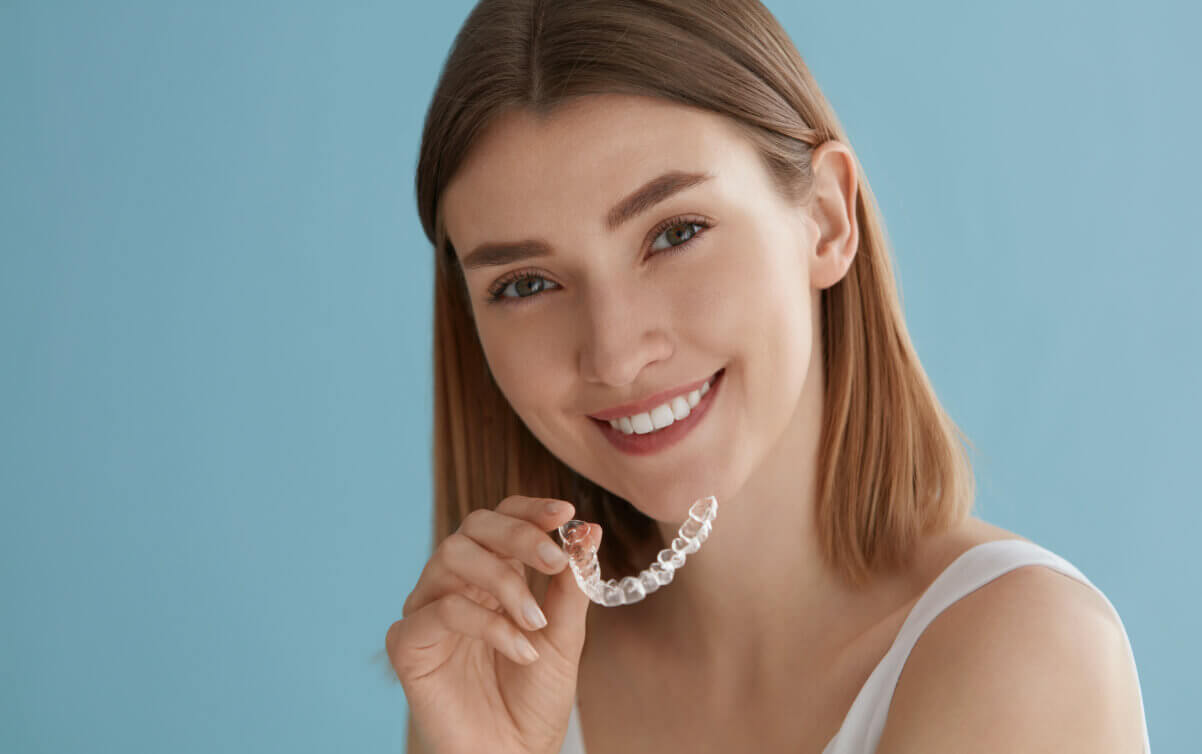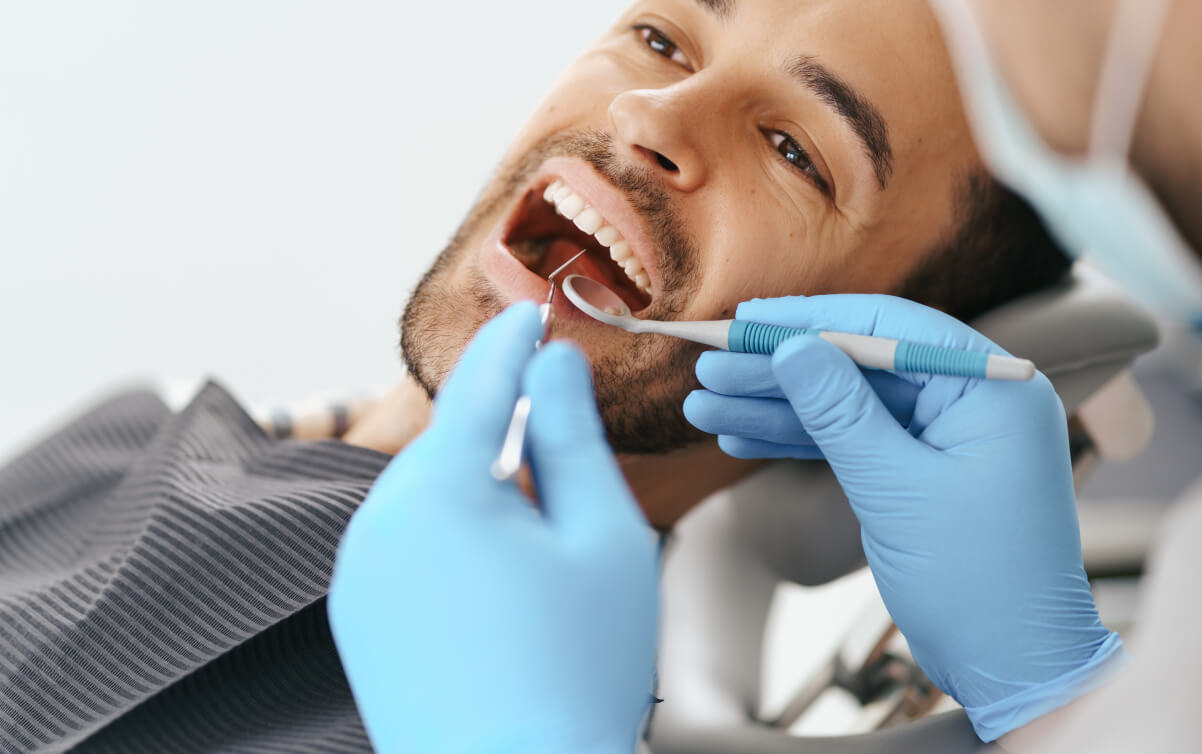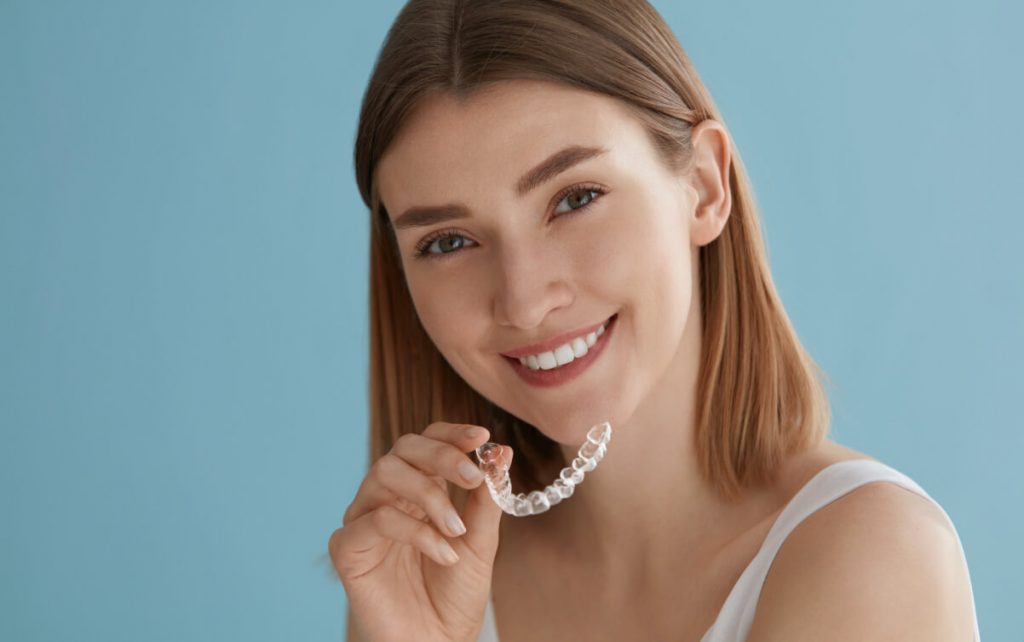Achieving Your Dream Smile: Braces vs Invisalign – What’s Right for You?
We all want that Hollywood smile – straight, white, and radiant. But when it comes to transforming our dental imperfections, the road to a stunning grin is often paved with questions about orthodontic treatment. In the modern world of dentistry, the debate often centers around “braces vs Invisalign” Here’s an in-depth look into both options to determine which one could be your ticket to a dream smile.
The Importance of a Straight Smile
A straight smile goes beyond aesthetics; it is crucial for maintaining overall dental health. Misaligned teeth can lead to improper chewing, making it difficult to break down food effectively and impacting digestion. Additionally, maintaining oral hygiene becomes more challenging as misaligned teeth can create hard-to-reach areas where plaque and bacteria can accumulate. Over time, this can increase the risk of tooth decay and gum disease.
Moreover, misaligned teeth can cause excess strain on your jaw muscles, potentially leading to temporomandibular joint (TMJ) disorders. TMJ disorders can result in jaw pain, headaches, and difficulty in opening and closing the mouth comfortably.
Proper alignment of teeth not only improves function but also distributes bite pressure evenly across all teeth, reducing the risk of wear and tear. This balanced distribution of forces can help prevent premature tooth damage, enamel erosion, and the need for extensive dental work in the future.
Furthermore, a well-aligned smile can enhance speech and articulation, enabling clearer and more confident communication. This improved speech can have a positive impact on personal and professional interactions, leading to greater self-assurance and success in various aspects of life.
By considering the comprehensive benefits of a straight smile, it becomes evident that investing in orthodontic treatment or other corrective measures can yield long-term improvements in dental health, overall well-being, and self-esteem.

Dental Braces
Understanding Orthodontic Treatments
Orthodontic treatments are highly specialized procedures that are meticulously designed to correct various irregularities of the teeth and jaw. These treatments primarily focus on addressing alignment and bite issues, ensuring that the teeth and jaws function optimally.
Not only do orthodontic treatments aim to enhance the aesthetic appearance of one’s smile, but they also play a crucial role in achieving optimal dental health. By aligning the teeth and jaws into their ideal positions, these treatments not only make oral hygiene more manageable but also help distribute bite forces evenly.
Orthodontic interventions effectively address common dental issues such as overcrowding, gaps, overbites, underbites, and crossbites. By rectifying these issues, orthodontic treatments can prevent a multitude of potential dental problems in the future. In essence, these interventions are not only cosmetic but also serve as a proactive measure to ensure a healthy, functional, and radiant smile that lasts a lifetime.
A Closer Look at Traditional Braces
Traditional dental braces have been the cornerstone of orthodontic treatment for decades. They are comprised of brackets, usually made from stainless steel or ceramic materials, that are affixed to each tooth and connected by an archwire. This archwire applies gentle, consistent pressure, which is periodically adjusted by the orthodontist to guide teeth into their proper positions.
The materials used in braces have evolved over time. Metal braces are the most common and are known for their durability and strength. Ceramic braces, on the other hand, offer a less noticeable alternative as they can be colored to match the teeth for a more aesthetic approach. Some braces also use a combination of materials, including titanium and even plastic, to achieve the desired outcomes.
The typical treatment duration with traditional braces ranges from 18 months to about 3 years, though this can vary widely depending on the complexity of the individual’s orthodontic needs. Regular visits to the orthodontist for adjustments are crucial to the success of the treatment, as they ensure continued progress towards the desired tooth alignment.

Traditional Braces
The Innovation of Invisalign
Invisalign represents a groundbreaking shift in orthodontic technology, offering a clear, removable alternative to the traditional braces. These aligners are custom-made using a flexible thermoplastic material named SmartTrack®, which is FDA-approved and contains no BPA, BPS, latex, or gluten. Invisalign’s unique features include their near-invisibility and the convenience of being able to remove them for eating, brushing, and flossing.
Invisalign aligners work by creating a series of custom-fit trays that progressively shift your teeth into place. Each set of aligners is worn for about one to two weeks before moving on to the next in the series, gently guiding teeth to their desired positions. Considering they are removable, patients can maintain better oral hygiene and enjoy fewer dietary restrictions as compared to traditional braces.
Customization is at the core of the Invisalign treatment plan. The process begins with a digital scan of the patient’s mouth, which is then used to create a precise 3D model. Based on this model, orthodontists develop a customized treatment plan that simulates the step-by-step transformation of the patient’s smile. This allows patients to see the expected outcome of their treatment even before it begins, providing a clear picture of their journey towards achieving their dream smile. Treatment times with Invisalign can vary, but on average, they tend to range between 12 to 18 months, often with fewer dental appointments than traditional braces.
Pros and Cons of Braces
Pros:
- High Effectiveness for Complex Issues: Traditional braces are incredibly effective for correcting complex dental issues. The robust nature of the hardware makes it suitable for treating severe misalignment, overcrowding, and malocclusion, which may not be as effectively addressed by other forms of orthodontic treatments.
- Options for Less Visible Braces: For those concerned about the appearance of braces, there are less visible options available. Ceramic braces are designed to blend in with the natural color of the teeth, and lingual braces, which are fitted behind the teeth, are virtually invisible from the outside.
Cons:
- Dietary Restrictions: One of the drawbacks of traditional braces is that they come with several dietary restrictions. Hard, sticky, or chewy foods can damage the braces, and so these types of foods must be avoided throughout the treatment period.
- Discomfort and Challenge in Cleaning: Braces can cause discomfort, especially after adjustments when the pressure on the teeth is altered. The brackets and wires can also make cleaning teeth more challenging, necessitating a more meticulous oral hygiene routine to prevent tooth decay and gum disease.
Pros and Cons of Invisalign
Pros:
- Nearly Invisible: One of the most appealing aspects of Invisalign is its near-invisibility, making it a popular choice for adults and teens who are self-conscious about the appearance of traditional braces. The clear aligners ensure that orthodontic treatment doesn’t have to impact the patient’s smile or confidence during social interactions.
- Removable for Eating and Cleaning: Invisalign aligners can be easily removed when it’s time to eat, drink anything other than water, and for oral hygiene practices. This not only allows for a more comfortable dining experience but also facilitates better access to clean the teeth and gums, potentially reducing the risk of plaque buildup and dental decay.

Benefits of Invisalign
Cons:
- May Not Be Suitable for Severe Cases: Although Invisalign technology continues to improve, there are still certain complex orthodontic issues that might be better treated with traditional braces. Severe malocclusion or significant tooth rotations may require the more involved techniques that braces can offer.
- Requires Discipline to Wear Aligners as Prescribed: Success with Invisalign requires patients to wear their aligners for the recommended 20 to 22 hours per day. Failure to adhere to this schedule can lead to prolonged treatment time and less effective results. This dependency on patient compliance is a significant consideration when choosing Invisalign.
Comparing Costs – Braces vs. Invisalign
When comparing the costs of braces versus cost of Invisalign, it’s important to note that prices can vary significantly based on factors such as geographic location, the complexity of the patient’s individual needs, and the duration of the treatment. Traditional metal braces typically range in cost from $3,000 to $7,000, while the price for Invisalign treatment can fall between $3,500 and $8,000. Factors influencing the overall cost include the orthodontist’s experience, treatment length, and the need for any additional orthodontic procedures.
While evaluating costs, patients must consider more than just the upfront price tag. For instance, the removability of Invisalign may translate to savings on dental hygiene costs due to fewer complications like cavities and gum disease associated with traditional braces. Additionally, the fewer office visits required for Invisalign can lead to lower indirect costs, such as time away from work or school. Ultimately, when considering the cost of orthodontic care, one must assess the long-term value, including the benefits of improved oral health, the convenience of the treatment process, and the final orthodontic results.
Moreover, patients should inquire about payment plans or financing options, as many orthodontic offices offer flexible solutions to mitigate the burden of out-of-pocket costs. It’s also worth exploring dental insurance plans that cover a portion of orthodontic treatments, which can make both braces and Invisalign more affordable.
- Lifestyle Considerations: Lifestyle factors are a crucial component in choosing between traditional braces and Invisalign. Understanding how each option fits into daily life, including diet, sports activities, and social contexts, is necessary for making an informed decision.
- Diet: With traditional braces, dietary modifications are essential due to the risk of damaging the wires and brackets. Foods that are hard, sticky, or chewy must generally be avoided to prevent any mishaps. Invisalign wearers have more freedom since the aligners are removable; this allows them to eat without restrictions, but aligners must be cleaned after eating to maintain oral hygiene.
- Sports: For individuals active in contact sports, Invisalign might offer an advantage due to the absence of metal that can cause injury upon impact. Custom sports mouthguards can be worn over braces, but they must be specifically designed to accommodate the brackets and wires, potentially incurring additional cost and inconvenience.
- Social Context: Invisalign aligners are nearly invisible, which makes them a more attractive option for those who might feel self-conscious about having metal braces, particularly adults and teenagers. This can significantly impact the individual’s confidence and willingness to smile in social situations.
- Maintenance and Care: Maintenance for braces includes regular cleaning around brackets and wires, which may require specialized flossers or interdental brushes. In contrast, Invisalign care involves daily cleaning of the aligners besides normal dental hygiene practices. Each has its own challenges: braces demand careful cleaning to avoid tooth decay around the brackets, while Invisalign requires the discipline to wear and maintain the aligners as directed. Both options will necessitate routine dental visits, though those with Invisalign may require fewer appointments.
Choosing between braces and Invisalign depends on the individual’s lifestyle, willingness to adhere to maintenance protocols, and the value they place on aesthetics and convenience. Consulting with an orthodontist can provide further personalized guidance.

Braces vs Invisalign
Making the Decision: Factors to Consider
When choosing between traditional braces and Invisalign, several personal factors come into play:
- Age: Generally, Invisalign is preferred by older teenagers and adults due to the aesthetics and the discipline required for successful treatment. Younger patients, or those less likely to comply with the removable nature of Invisalign, may benefit more from the fixed nature of braces.
- Gum Health: Patients with periodontal issues might require extra care, as braces can complicate gum health. In such cases, Invisalign can be a better option, as it allows for easier cleaning and less irritation.
- Cosmetic Preferences: Those who prioritize a less visible treatment option may lean towards Invisalign. Cosmetic concerns can significantly impact the choice, especially for individuals who are highly conscious of their appearance due to social or professional reasons.
The significance of a detailed consultation with an orthodontist cannot be overstated. An orthodontist can evaluate the specific needs of your dental health, consider all of these personal factors, and recommend the most appropriate treatment plan. Their expertise ensures that the selected treatment aligns with your oral health condition, cosmetic preferences, lifestyle, and budget.
https://www.google.com/maps?cid=16874987499964767764
